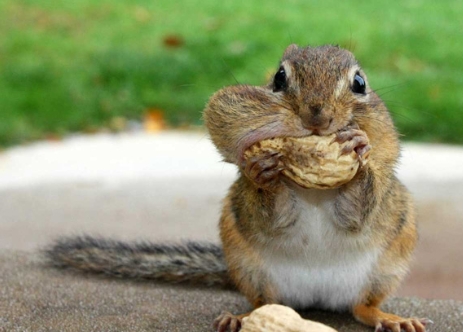Squirrels are fascinating creatures that can be found in many parts of the world. While they may seem like simple animals, their feeding habits reveal a hidden complexity to their lives.
A Day in the Life of a Squirrel
Squirrels are diurnal animals, which means they are most active during the day. Their days are spent foraging for food, which they need to sustain their high energy levels. Squirrels are opportunistic eaters, which means they will eat a wide variety of foods depending on what is readily available.
What Do Squirrels Eat?
Squirrels have a diverse diet that includes nuts, seeds, fruits, berries, fungi, and even insects. They are known to hoard food in preparation for the winter months when food sources may become scarce. Squirrels have keen senses of smell and will often use this sense to locate food hidden beneath leaves or snow.
Acrobatic Feeding Habits
Squirrels are known for their acrobatic abilities, which they use to access food sources that may be out of reach for other animals. They are capable of jumping long distances between tree branches and can even hang upside down to access food. Squirrels have sharp claws that help them grip onto surfaces as they navigate their environments.
The Importance of Squirrels in Ecosystems
Squirrels play an important role in ecosystems by dispersing seeds from the foods they eat. This helps to promote plant diversity and growth in forests and other habitats. Squirrels also serve as a food source for predators such as hawks, foxes, and snakes, helping to maintain a balanced ecosystem.
In conclusion, squirrels lead busy lives filled with foraging and hoarding food to sustain themselves. Their diverse diet and acrobatic abilities make them fascinating creatures to study. By understanding their feeding habits, we can gain a deeper appreciation for these small but vital members of our ecosystems.

